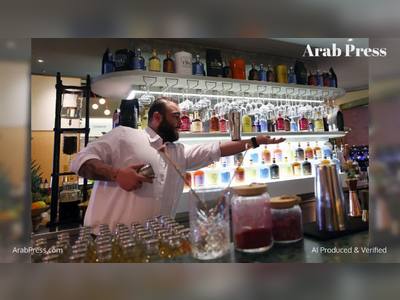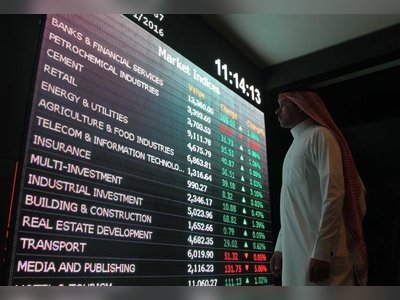
Chinese-led team claims physics breakthrough
In March 1905, Einstein published a paper explaining the photoelectric effect. When light falls on specific material, electrons might be emitted from its surface. This phenomenon has helped humans understand the quantum nature of light and electrons.
A century passed and the theory became a foundation for many modern technologies that rely on light detection or electron-beam generation. High-energy electron beams have been widely used to analyse crystal structures, treat cancer, kill bacteria and machine alloy.
However, most of the materials that convert photons into electrons, known as photocathodes, were discovered about 60 years ago. All photocathodes a defect: the electrons they generate are dispersed in angle and speed.
By using a new material, He Ruihua, of Westlake University in Hangzhou, in China's eastern Zhejiang province, and his team overcame the defence and acquired concentrated electrons. The finding by researchers in China, Japan and the US could raise the energy level of an acquired electron-beam by at least an order of magnitude.
The team's paper was published in the peer-reviewed journal Nature on March 8.
They used strontium titanate (SrTiO3), a quantum material with myriad interesting properties. Electron beams obtained after exciting SrTiO3 generated electron beams with consistency - also called coherence.
"Coherence is important to the beam, it concentrates the flow like a pipe on the tap. Without the pipe, water will spray everywhere when the tap is wide open. Without coherence, electrons will scatter," said Hong Caiyun, an author of the paper.
"With the coherence we acquired, we can increase the beam intensity while the beam could maintain its direction."
The photoemission intensity of SrTiO3 is greatly enhanced.
"This exceptional performance suggests novel physics beyond the well-established theoretical framework for photoemission," Hong said.
The discovery has driven the team to find a new theory to explain the unparalleled coherence.
"We came up with an explanation as a supplement to Einstein's original theoretical framework. It's in another paper which is under review right now," Professor He said.
Co-author Arun Bansil of Northeastern University in the US, hailed the finding in a Phys.org report.
"This is a big deal because there is no mechanism within our existing understanding of photoemission that can produce such an effect. In other words, we don't have any theory for this, currently, so it is a miraculous breakthrough in that sense," Bansil said.
According to Hong, the new theory predicts a host of materials with the same photoemissive properties as SrTiO3.
"SrTiO3 presents the first example of a fundamentally new class of photocathode quantum materials. It opens new prospects for applications that require intense electron beams," she said.
The research team did not respond, either in its paper or in interviews, to whether high-energy electron beams would be used in weapons.
Professor He said the discovery emerged from their focus on a traditional technology, angle resolved photoemission spectroscopy (Arpes). Arpes is widely used to study electron structures in solid materials. It measures the energy and emission angle of photoelectrons.
"In the past few decades, physics and material scientists mainly used Arpes to study the electronic structures related to the optical, electrical and thermal properties. Our team adapted an unconventional configuration of Arpes, and measured another part that's more related to the photoelectric effect," He said.
"During the test we found the unusual photoemission properties of SrTiO3. Previously, quantum oxide materials represented by strontium titanate were mainly studied as substitutes for semiconductors, and are currently used in the fields of electronics and photocatalysis.
"The material will definitely be promising in the field of photocathode in the future."











